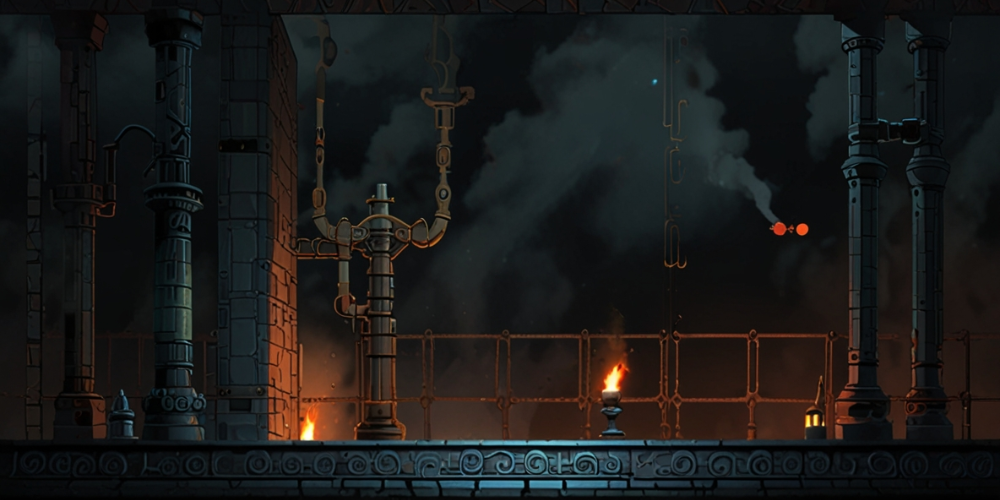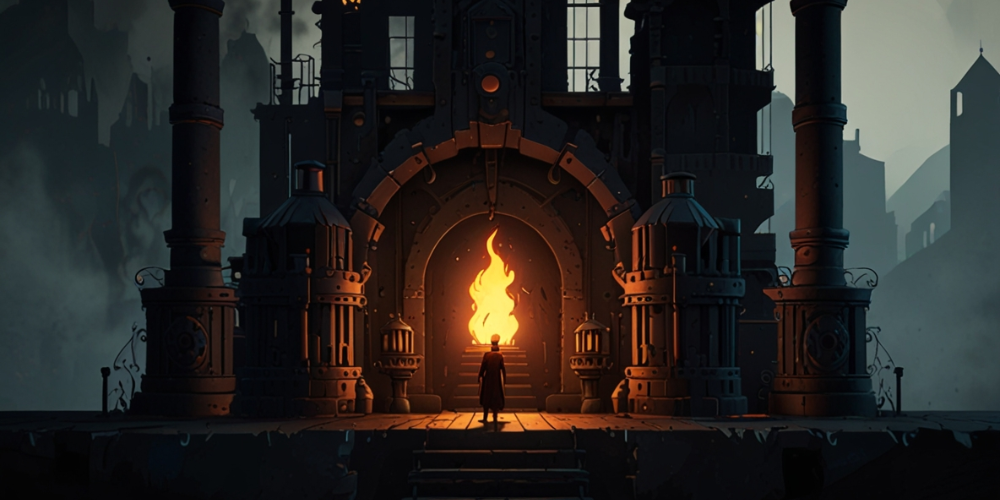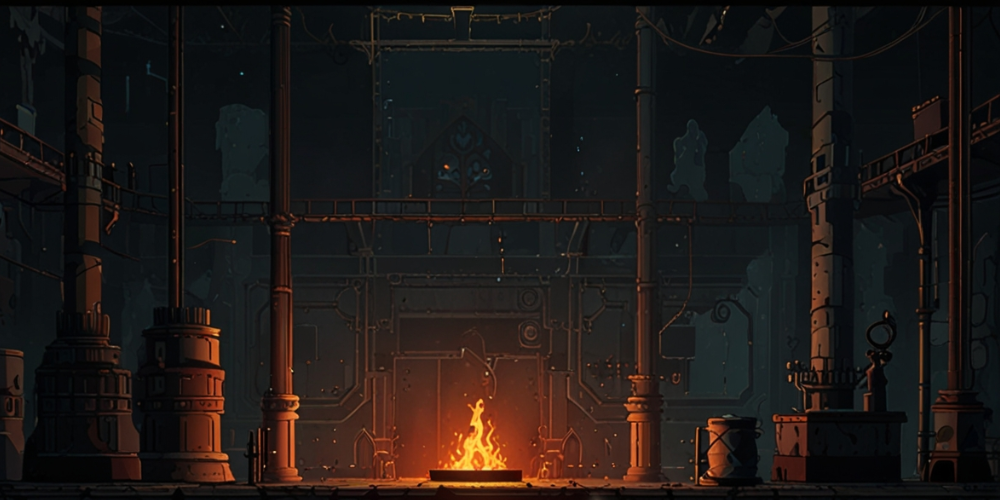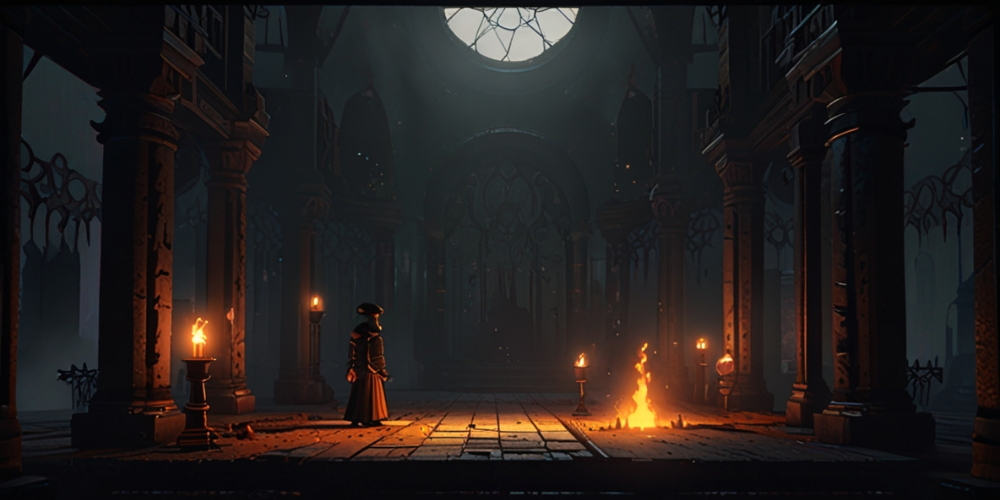Exploring the Depths of "Gestalt: Steam and Cinder": A Metroidvania Masterpiece
Aug 07, 2024

In a world teeming with Metroidvania titles, each offering unique twists and nuances to a time-honored genre, "Gestalt: Steam and Cinder" shines brightly. This indie game not only pays tribute to the classics like "Super Metroid" and "Castlevania: Symphony of the Night" but also carves out its own place with deliberate design choices and a compelling aesthetic. With an engaging protagonist, intricate map design, and nimble combat mechanics, Gestalt stands out as a must-play for aficionados of metroidvanias. Let’s delve deep into the various aspects that make this game an exceptional entry in a crowded genre.
Chapter 1: The Metroidvania Landscape
The Metroidvania genre has witnessed an influx of titles, each striving to leave its mark. From beloved modernizations like "Hollow Knight" and "Axiom Verge" to big-budget renditions such as "Batman: Arkham Asylum" and the recent "Prince of Persia: The Lost Crown," the landscape is rich and diverse. However, with so many options, standing out becomes a daunting task. This is where "Gestalt: Steam and Cinder" excels, thanks to its thoughtful design that pays homage to the genre’s origins while innovating in meaningful ways.
Chapter 2: Homage to the Classics

"Gestalt: Steam and Cinder" skillfully combines elements from "Super Metroid" and "Castlevania: Symphony of the Night." It takes the interconnected, expansive world structure of Super Metroid and marries it to the lavish pixel art and engaging combat of Symphony of the Night. This combination feels intentional and well-executed, creating a game world that is both vast and visually striking.
Chapter 3: Meet Aletheia
In Gestalt, players step into the shoes of Aletheia, a no-nonsense bounty hunter navigating the steampunk city of Canaan. Aletheia is a strong, independent character who has carved out her own path, even amidst the chaotic backdrop of post-apocalyptic recovery. The tension in Canaan is palpable, with the peace maintained by its governing body hanging by a thread. As Aletheia takes on bounties, she delves deeper into the mysteries surrounding Canaan, uncovering hidden truths about its fragile stability.
Chapter 4: Map and Exploration
The game’s world is separated into distinct zones, each visually unique and functionally independent. Unlike some of its metroidvania predecessors, Gestalt minimizes repetitive backtracking, offering a more structured progression through its stages. Though the map is less detailed than the grid-based ones in games like Super Metroid, navigation remains intuitive and rewarding. This streamlined design ensures that exploration feels fresh without becoming a repetitive chore.
Chapter 5: Abilities and Progression

Gestalt’s approach to abilities and progression distinguishes it further from its peers. Rather than gating areas heavily with ability-based locks, the game offers a balanced mix of exploration and combat skills. The upgrade system is laid out as a matrix, providing visibility into the full suite of abilities from the beginning. Players can strategize their progression, unlocking nodes that branch out from central points, and gradually working towards mid-point abilities that require dual paths of entry. This system grants both a sense of control and a deliberate pace to ability acquisition.
Chapter 6: Combat Mechanics
Combat in Gestalt blends retro and modern elements seamlessly. Unlike traditional side-scrollers where touching an enemy causes damage, Gestalt encourages close-quarters combat. Players can engage enemies up close, dodging and attacking in an intuitive dance. The combat system is supplemented by a long-range pistol with limited ammunition. The pistol’s special Tesla-infused bullets are essential for staggering tougher foes and interacting with specific devices. This balance of melee and ranged mechanics keeps encounters dynamic and engaging.
Chapter 7: Equipment and Upgrades
Beyond abilities and combat, Gestalt features a light equipment system. Accessories offer various stat bonuses, and potions provide temporary buffs. While these items are not always essential, adjusting accessories can significantly influence combat effectiveness. Crafting new and upgraded gear from parts obtained in side quests adds another layer of depth to the gameplay. Together, these systems create a smooth and rewarding difficulty curve, ensuring that progression feels both fair and empowering.
Chapter 8: Storytelling Hurdles

Despite its many strengths, Gestalt falls short in its storytelling approach. Where "Super Metroid" and "Castlevania: Symphony of the Night" succeed with minimalist or concise narratives, Gestalt opts for a dense, lore-heavy script. Dialogue sequences are lengthy and filled with proper nouns, making it challenging to keep track of the plot’s numerous intricacies. While the overarching story is compelling, its complexity sometimes detracts from the overall experience.
Chapter 9: A Steampunk Adventure
Despite its narrative shortcomings, the essence of Gestalt lies in its evocative steampunk world, rich combat, and thoughtfully designed progression systems. Gamers will dedicate most of their time delving into various landscapes, refining their abilities, and traversing the skill progression system. For those seeking a nostalgic yet fresh Metroidvania experience, "Gestalt: Steam and Cinder" is a rewarding journey that sets a strong foundation for future adventures in its world.
"Gestalt: Steam and Cinder" offers a vibrant and engaging experience that stands out in the crowded Metroidvania genre. By blending classic elements with innovative mechanics, it provides a refreshing take that will appeal to both seasoned fans and newcomers alike. The game’s rich world-building, coupled with its satisfying combat and progression systems, makes it a must-play for anyone looking to immerse themselves in a beautifully crafted steampunk adventure.








